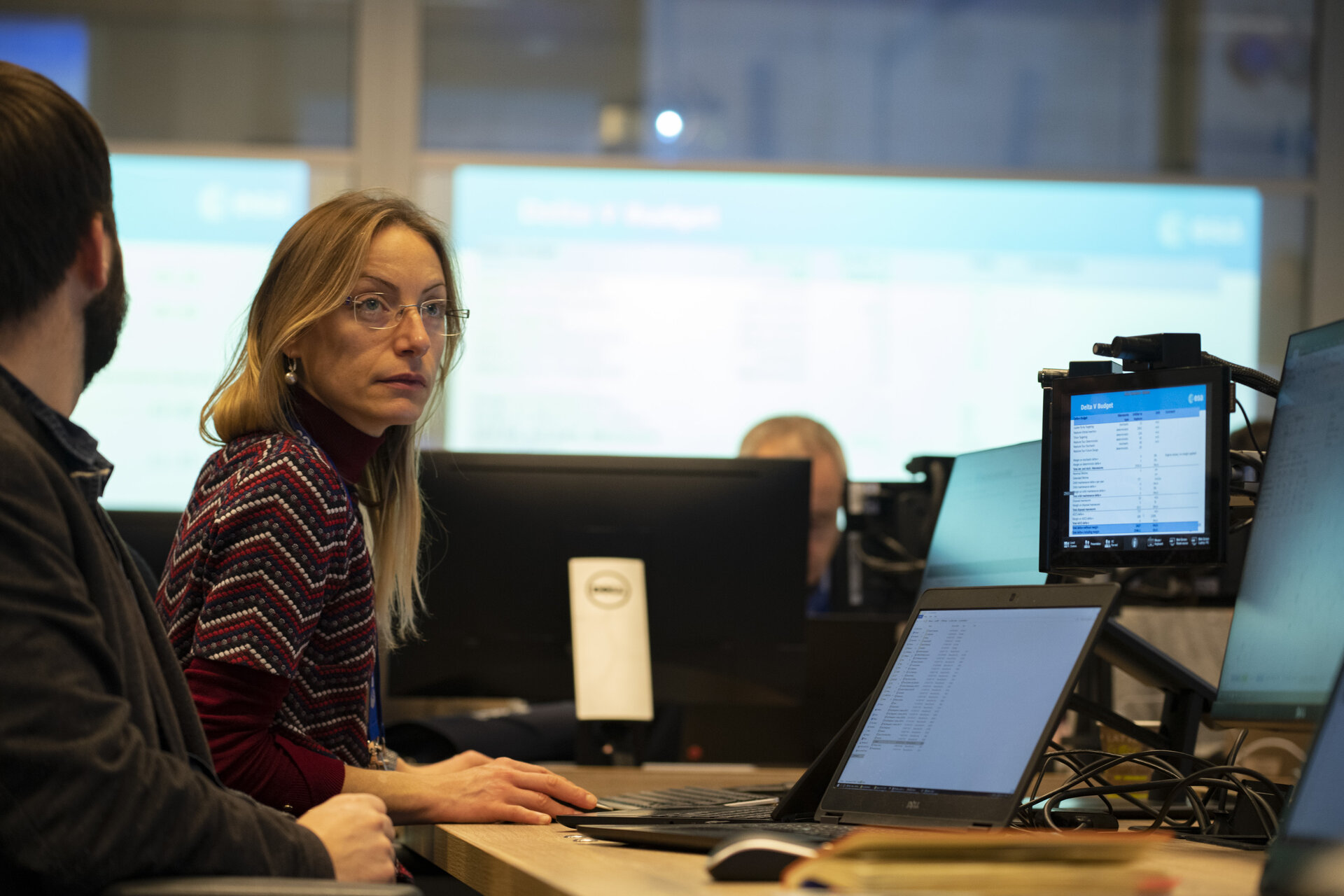Ilaria Roma
Ilaria Roma (Italy), Head of System & Concurrent Engineering Section, at ESA ESTEC, interviewed for International Women and Girls in Science Day, 2023
Q. What’s your background? Tell us more about your path in ESA.
I am an aerospace engineer and my final thesis at university was about Concurrent Design.
I was a YGT in the CDF back in 2006, then got a contractor position and then a staff position. I have been in the CDF as systems engineer and Team Leader, supporting diverse and exciting studies. Since 2019 I have been working as the Head of the Systems and Concurrent Engineering Section.
Q. How does a concurrent design session work and what is the role of the Systems Team?
A concurrent design session is a working meeting where a team leader drives the teams’ inputs towards satisfaction of customers' requirements. The solution is shaped with a structured plenary decision-making process, including what if, trial and errors, ideas assessments, evaluation of alternatives and real time computation, all supported by a model capturing the missions design parameters.
It all happens in real time, with the experts and the customers in the same room, negotiating and discussing the best way to optimise resources that – in space – are always less than what you would need. By being all together in the same place and at the same time, iterations required to converge towards a feasible solution are reduced in number and amplified in coherency and quality.
The CDF ingredients are the infrastructure, the design model, the process and – most important: the TEAM!
It includes domain specialists like power, thermal, structures... and then there is a systems team which is made up of: a team leader, who leads the sessions, coordinates the customer and all other experts in the session and is the overall responsible for the successful outcome of the study; a systems engineer who drives the technical solution and is responsible for all systems level budgets and trades; and an assistant systems engineer who is responsible for running the COMET model-based systems engineering tool, coordinating the inputs and providing systems engineering support to the systems engineer.
Q. Which mission concept study has been the most interesting for you?
Difficult question. They were all amazingly engaging. Interplanetary missions are probably my favourite ones. I had the honour of being in the JUICE CDF Study, that was then called ‘Laplace’, and I was fascinated by designing missions to the ‘ice giant’ planets. Everything becomes so challenging to achieve, and creativity is really essential to define feasible missions’ concepts.
Q. If you could design a mission from scratch, what would it be?
A mission capable to detect in very small time all issues endangering human life and address whoever can offer help to go into action immediately.
Q. What’s your perception of the representation of women in STEM jobs in ESA?
During my 16 years at ESA, I’ve seen women’s representation getting better and better. I see clear signs that more women are studying STEM subjects and considering a career in STEM, including space. In my times I was told that I was studying something for males. Fifteen years ago, I would probably have told a different story, but today I do not feel any gender bias here. I believe that we are lucky to be in an organisation that respects people based on their competences and not on their gender. In the past there was some bias, but it was a generational issue that is now disappearing.


